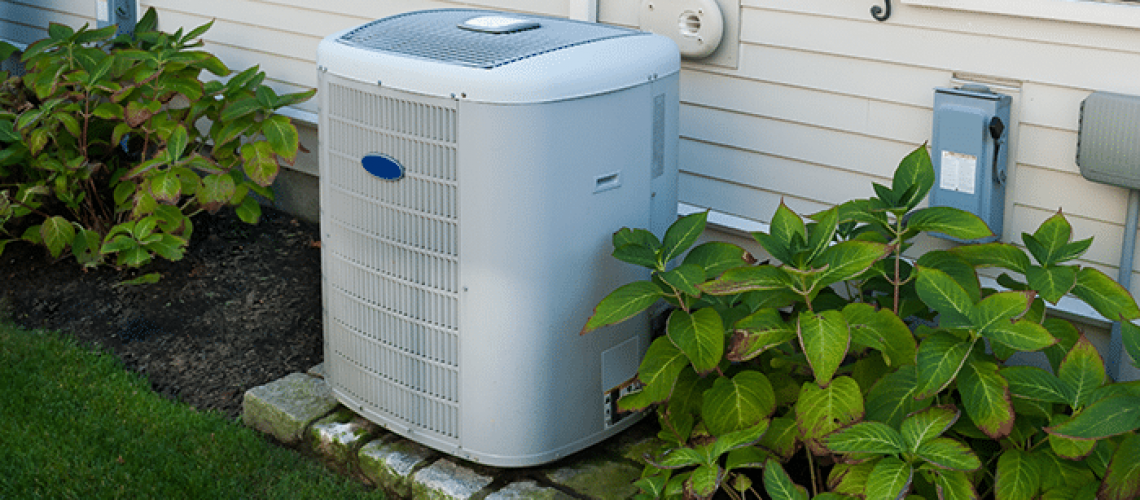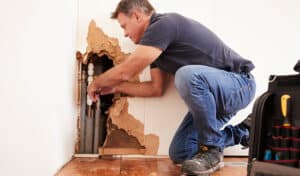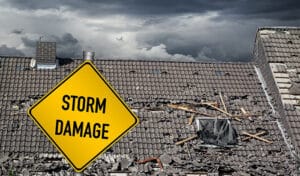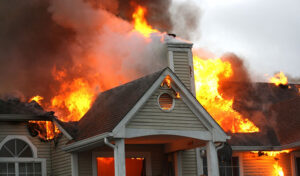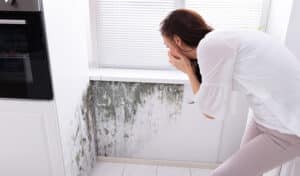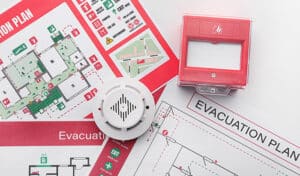A negative air machine controls the air in the room by either preventing good air from leaving or bad air from entering the room. Rooms with negative air are essential to prevent the spread of serious illnesses. Their primary use is the healthcare settings, but you can also use them at home or in commercial areas.
When used in healthcare settings, negative air rooms are often part of an isolation protocol for a sick hospital patient with a highly-contagious disease. Negative air machines have increased in popularity in the past couple of years as creating new ICU units has become necessary to accommodate a greater influx of patients.
How Do Negative Air Machines Work?
How exactly do negative air machines control the air in the room? They create pressure in the room–negative or positive. Negative pressure isolates a space preventing infectious pathogens from leaving a room.
Positive pressure keeps bad air from getting into a room. Positive air rooms can be especially beneficial for immunocompromised individuals trying to stay well while a severe illness spreads through an area.
Why Use A Negative Air Machine?
A negative air machine becomes critically essential in situations involving containment of infectious diseases. Critically ill patients are often placed in a room with negative air to prevent their illness from spreading outside the walls of their rooms. Immunocompromised people can use negative air machines to keep germs away.
But as we mentioned earlier, negative air machines aren’t only for healthcare settings. They can also be used in factories, commercial buildings, and job sites. A cleaning crew might use a negative air machine when cleaning out an area full of mold, asbestos, or lead. It can help prevent bad stuff from traveling through the air to other parts of a building.
How The Filters Work
Each filter installed in the negative air machine will catch particles that the previous filters missed. Some negative air machines contain medium or carbon filters, but these aren’t required.
The pre-filter and HEPA filter are what you need for a functioning negative air machine. But if you want maximum benefits from your negative air machine, you’ll want to use a pre-filter, medium filter, carbon filter, and the industry-standard HEPA filter.
Pre-Filter
Negative air machines usually have pre-filters that prevent particles from entering the primary HEPA filter. The pre-filter has a MERV (minimum efficiency reporting value) of at least eight to go with the HEPA filter. The pre-filter helps the HEPA filter last longer and requires less maintenance.
The MERV rating was established by the American Society of Heating, Refrigerating, and Air Conditioning Engineers (ASHRAE). The rating indicates how well the filter works to trap particles. All HEPA filters have a value of at least 17.
HEPA Filter
As mentioned earlier, HEPA filters are the industry standard for regulating air quality. HEPA stands for high-efficiency particulate absorbing filter. It will have a MERV rating of at least 18 and can reduce 99.97% of particles down to 0.3 micrometers.
ULPA Filter
A ULPA filter takes purifying the air to a new level. It can reduce 99.9995% of particles down to 1.2 micrometers.
ULPA stands for ultra-low particulate air and has a 20 MERV rating, the highest rating you can get. ULPA filters are so ultra-low that they’re specialized for healthcare settings.
HEPA filters are better for negative air machines because they more easily allow the fans to draw air in through them, which is how they control the air in the room.
Negative Air Machines vs. HEPA Air Scrubbers
Negative air machines are different from HEPA Air Scrubbers, but they can be used for the same purpose. But while a negative air machine is good to go, the Air Scrubber must be prepped to work as a negative air machine. It requires ducting, sealed casing, specific airflow modifications, and a blower motor with several speed settings.
Besides being used as a negative air machine, you can also use an air scrubber to filter gases, particles, and chemicals. For air scrubbers to be the most effective, they need to operate indoors in a closed environment.
Sealing the Room Off
A negative air machine can’t properly do its job without operating in a sealed room. This includes taping off any air grilles, windows and areas of the room where air could make its way in.
That’s not to say that a negative air machine won’t work in open areas; it will still help filter out germs and other small particles. But for maximum effectiveness, the room needs to be sealed off.
Setting Up A Negative Pressure Room
There are three primary ways to set up a negative pressure room.
The first option is called HEPA to Corridor. This setup exhausts the air outside the room. To effectively use HEPA to Corridor, you’ll need a vestibule or anteroom at the room’s entrance. This space needs to be five feet wide.
The second option is HEPA to Outside, which seals off openings around doors and ducts. Quarantining a room this way prevents harmful germs and particles from getting in or out. The filtered air comes in through an exterior wall or an outside window.
The third option is called HEPA to Return. The HEPA-filtered air is ducted to the return air grill of the hospital’s HVAC system. You must seal off the air grill to set up a negative pressure room this way.
Restoremasters
Restoremasters was created to restore your home or business after being damaged by wind, fire, mold, water, sewage, graffiti, or smoke. With over 100 years of combined experience, we have the necessary tools to get you back to everyday life, no matter what type of damage you’ve suffered from.
Restoremasters is located in Sandy, Utah, and services the greater Salt Lake and Utah County areas, from Salt Lake to Spanish Fork and everywhere in between.
Do you have questions? Want to schedule an appointment? Call us at 801.938.8654 or contact us via the form on our website. We’ll be happy to help however we can. Contact Restoremasters today!

